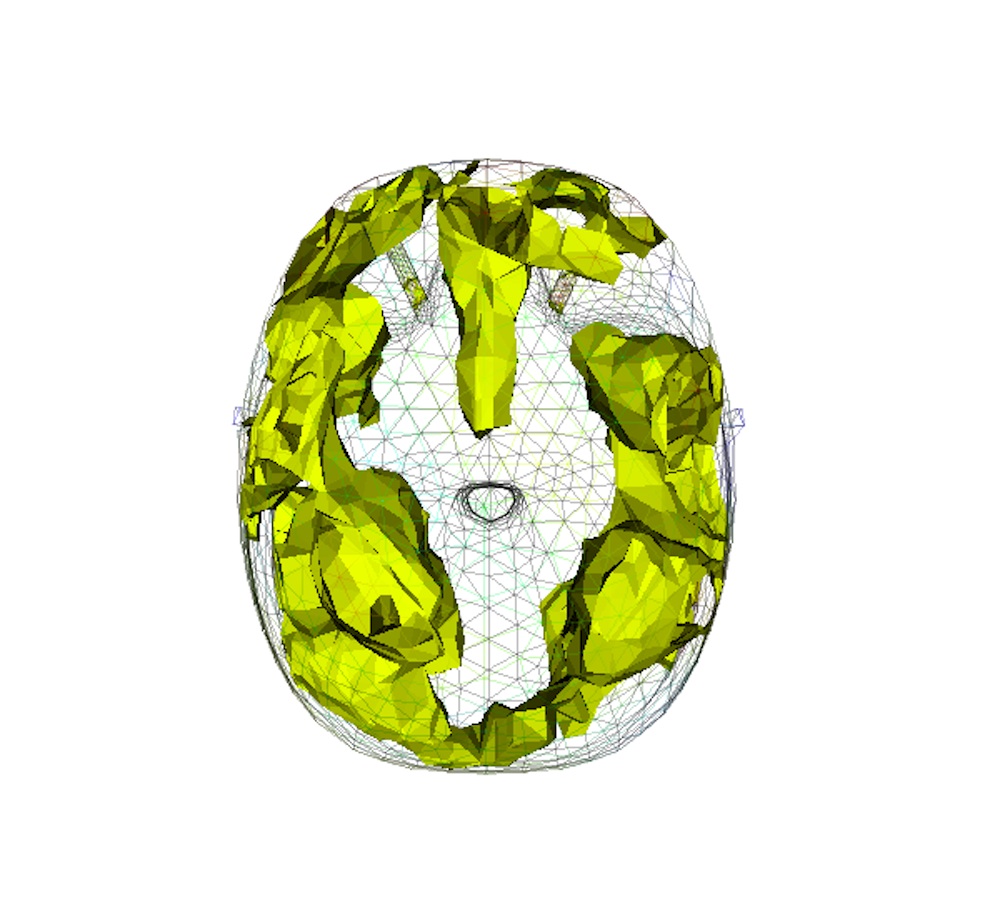Looking into the unconscious mind
Using a new imaging method scientists from the University of Manchester have constructed a three-dimensional sequence of the brain as it loses consciousness. The small study used a new technique called 'functional electrical impedance tomography of evoked response' (fEITER), which is basically a new way of measuring changes in the brain's electrical conductivity. This is useful because changes in electrical conductivity are believed to reflect changes in the brain's electrical activity and by knowing where abouts in the brain this activity is occurring, we can better understand how the brain operates under different conditions; in this case unconsciousness. What's great about this new method is that it has an extremely fast response, performing it's imaging process 100 times a second, allowing the team to monitor the brain's activity in real time!

The team used fEITER to scan the brains of 20 healthy volunteers as they were administered an anaesthetic and imaged changes in the brain's electrical conductivity as it moved from a conscious to an unconscious state. The team found that a loss in consciousness corresponded with changes in electrical activity deep within the brain. The findings support a theory proposed by Professor Susan Greenfield which suggests that consciousness is formed from the unhindered communication between groups of brain cells called 'neural assemblies'. The findings appear to show that when someone is anaesthetised, these small neural assemblies either work less well together or inhibit communication with other neural assemblies.

The use of fEITER is a great advance and a first for neuroimaging, allowing scientists to witness the brain's transition into unconsciousness in real-time. However there is still a lot of work to be done to understand exactly how and why the brain behaves differently in an unconscious state. The fEITER device used will also have a significant impact in many areas of medical imaging, but will be particularly useful in helping us understand anaesthesia, sedation and unconsciousness. Perhaps the most useful application of this device will be in diagnosing neuronal changes which occur in head injury, stroke and dementia patients.
You can watch a video of the fEITER scan here.
